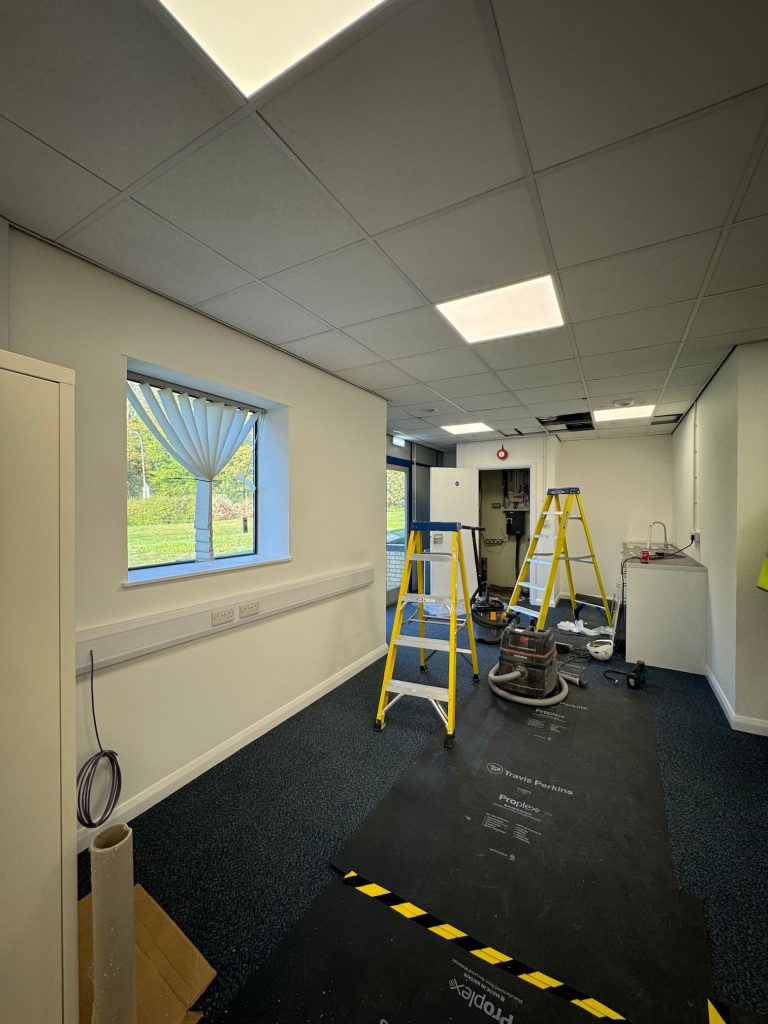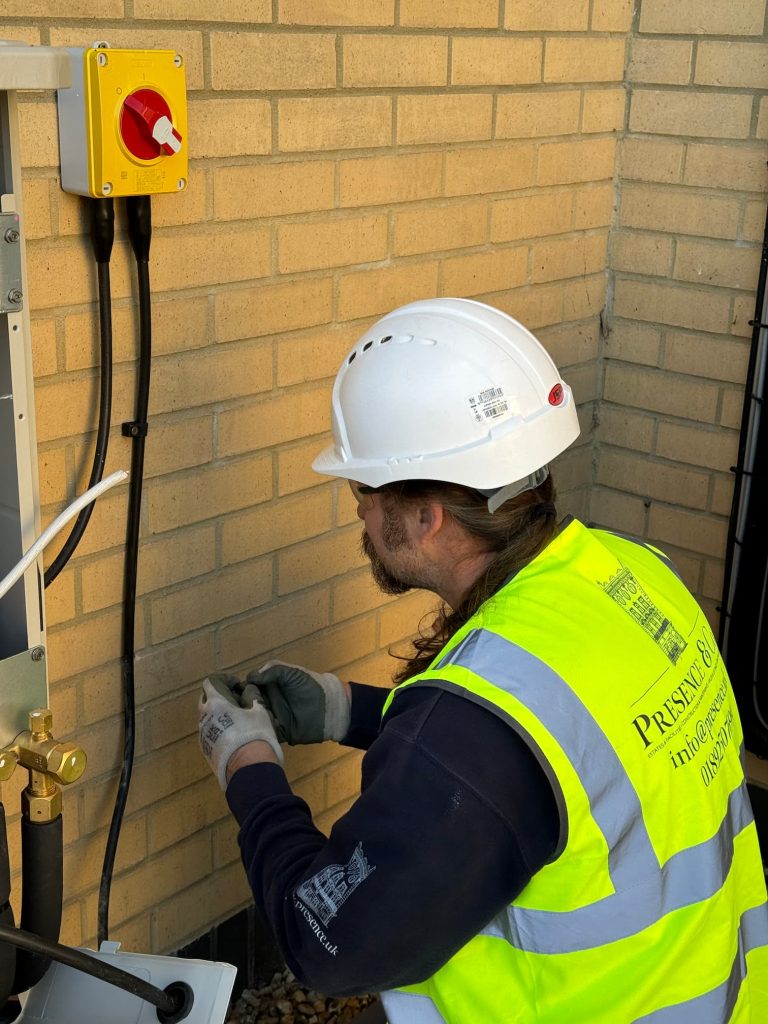One of the most critical aspects of keeping estates and developments thriving lies not in reactive maintenance, but in long-term estate management planning. Having a well-structured plan in place ensures buildings remain safe, attractive, and functional for years to come. Without it, owners and residents alike often find themselves facing higher costs, declining property values, and unnecessary disputes.
In this blog, we’ll explore why long-term estate management planning is so important, what it involves, and the very real consequences of failing to plan.
What is long term estate management planning?
Long term estate management planning is the process of setting out a strategic roadmap for the care, maintenance and improvement of a development or estate. It goes beyond immediate fixes or annual budgets and considers how buildings, shared spaces and infrastructure will age.
Some key elements include:
- Maintenance cycles: Identifying when roofs, lifts, communal heating, or landscaping will need attention.
- Financial forecasting: Creating sinking funds or reserves to cover large-scale repairs and upgrades.
- Compliance: Ensuring fire safety, accessibility, and environmental standards are met and regularly reviewed.
- Resident engagement: Building in communication strategies so everyone knows what to expect and when.
Its all about being proactive as well as reactive, anticipating issues before they become expensive emergencies.

The Benefits of Good Planning
- Cost Control and Predictability
Unexpected repairs can be one of the biggest headaches for both estate managers and residents. With a long-term plan, these costs become predictable. Regular contributions to a reserve fund spread the burden over time, rather than leaving owners facing sudden, large bills.
- Preserving Asset Value
For most people, property is the largest investment they will ever make. Proper estate planning helps protect this value by ensuring buildings and communal spaces remain attractive and well-kept. A well-maintained estate not only appeals to buyers but can command higher resale values.
- Safety and Compliance
Neglecting long-term planning can lead to critical safety issues being overlooked. Regular reviews and planned upgrades help estates stay compliant with evolving regulations, from fire safety systems to energy efficiency standards.
- Community Wellbeing
A well-managed estate contributes to a sense of pride and community. Clean, safe and functional shared spaces encourage residents to feel positive about where they live. On the other hand, poor upkeep can quickly lead to frustration and tension between neighbours.
What Happens Without Long Term Planning?
- Escalating Costs
Without a plan, problems are often only addressed when they become urgent. A leaking roof ignored for too long may end up requiring a complete replacement rather than a simple repair. Costs can spiral and residents are left with sudden bills.
- Declining Property Values
Poorly maintained communal areas, outdated facilities or neglected landscaping can all make a development less desirable. Prospective buyers will be put off by visible neglect or the risk of looming repair bills, bringing down values across the estate.
- Increased Disputes
When there is no clear plan, disagreements often arise between property owners and management. Should money be spent now or later? Who pays for what? A lack of transparency and foresight breeds mistrust and conflict.
- Safety Risks
Neglected fire alarms, outdated electrical systems or poorly lit communal areas are dangerous and can put peoples lives at risk. Estate planning ensures safety critical systems are never overlooked.
How Long Term Planning Works
A strong estate management plan starts with a thorough condition survey of the buildings and facilities. From here, managers can map out a timeline of required works spanning over 10-20 years. This could include:
- Painting communal areas every 5-7 years
- Servicing or replacing lifts every 15-20 years
- Upgrading fire safety systems as regulations evolve
- Refreshing landscaping on a seasonal cycle
The financial side is equally as important. Service charges and reserve funds are calculated with these timelines and in mind meaning residents contribute steadily towards future works.
This approach prevents nasty surprises and keeps everything transparent. At Presence & Co. we take this proactive approach across out developments. We forecast needs well in advance and handle facilities management in house, ensuring residents enjoy both peace of mind and consistent high standards.

A Balanced Approach
It’s important to recognise that long-term estate planning doesn’t mean spending unnecessarily or being overly cautious. Its about balance, spending wisely today to save money, hassle, and stress tomorrow. Clear communication with residents helps ensure everyone understands the value of planning and the benefits of a structured, forward-looking approach.
Final Thoughts
Long term estate management planning may not always grab headlines, but it is only of the most important factors in ensuring developments continue to thrive. It’s a balance of foresight, financial responsibility and continued care.
At Presence & Co., we take a proactive, in-house approach to estate and facilities management, ensuring our developments remain well cared. We ensure that developments and estates are ready and primed for the future.


